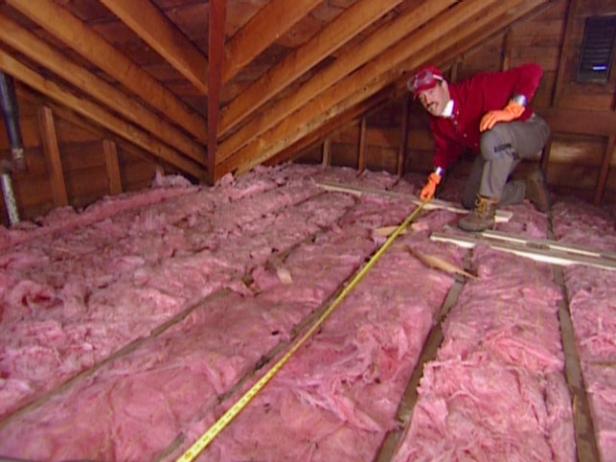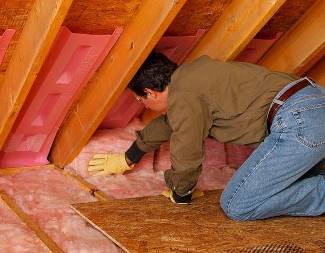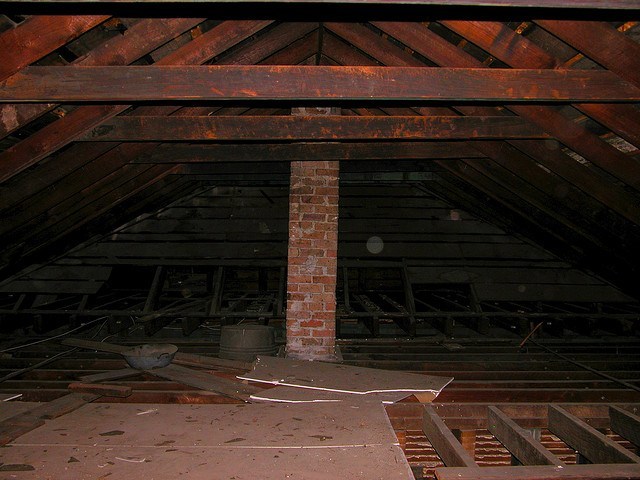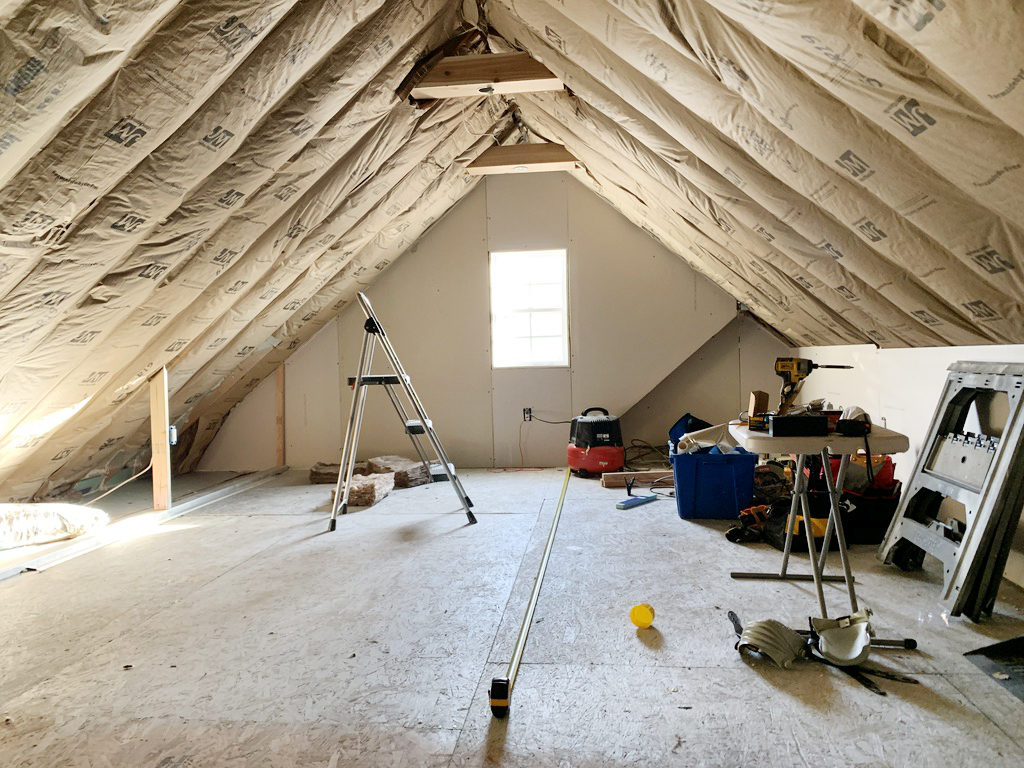The batting material must be faced and at least as thick as the joists are wide so the batting is nearly flush with the top of the joists.
How to install unfaced insulation on attic floor.
This is the reason you need not add a vapor barrier when you are using paper faced insulation.
Install batting between the attic s floor joists.
Installing insulation has almost the same steps for all.
Attic dek flooring is an easy to install floor option that provides additional storage space supporting up to 250 lbs.
You may need to split or cut the insulation to fit it carefully around obstacles such as bracing ducts electrical boxes wiring and pipes.
Cut the insulation on the unfaced side against a safe backstop such as an unfinished floor or another smooth flat surface.
Remember to set the paper faced insulation upwards.
The purpose of insulation facing.
If it is too big then trim it to size.
Raise ceiling joists also if the attic insulation is thicker than your ceiling joists you can raise the height of the joists to above the insulation by attaching 2 3 s to their top edge before you attach the attic floor boards.
I ve always said adding insulation to your attic is some of the best money you can spend to make your house more energy efficient but whether to use faced or unfaced insulation is a great question.
Now here s a situation where a homeowner what looks like many years ago added insulation they added a three inch layer but it has facing on it and that could create a.
Fiberglass is typically r 3 5 to 3 8 per inch so an attic needs a total of about 10 inches of insulation under floors about.
The paper creates a vapor barrier that helps keep the water vapor in the warm moist heated indoor air from migrating outward into the wall or other structure.
The facing on kraft faced insulation is made of kraft paper with an asphalt coating that makes the paper impermeable to water vapor.
Whether using loose fill or batts put the vapor barrier closest to the warm side of your installation where hot moist air would get in facing the house s interior in cold climates beneath floor insulation and the attic s interior in hot climates on top of floor insulation.
For this reason faced insulation is typically installed on the.










































/cdn.vox-cdn.com/uploads/chorus_asset/file/19490859/1104_insulation04b_lg.jpg)




